Exploring the Diversity of Honey Bees: What Are The Different Types and Roles within the Colony
Honey bees, as a species, exhibit remarkable diversity, with several distinct types that play unique roles within their colonies and ecosystems. Understanding the different types of honey bees is crucial for appreciating their importance in pollination, honey production, and ecological balance.
What Are The Different Types of Honey Bees
The most well-known and widely distributed honey bee species is Apis mellifera, commonly referred to as the Western honey bee.
Within this species, there are numerous subspecies adapted to different climates and environments worldwide. Each subspecies possesses its own characteristics, such as coloration, size, temperament, and honey-producing abilities.
Defining Bee Stock
By definition, the term bee stock refers to the loose combination of the genetic traits that characterise particular races of honey bees. Some of the characteristics that define a specific type are its species, race, region where the bee is locally found, size of the bee population or even the breeding line in a commercially operated beehive.
Although a clear classification each type is quite unclear because of exceptions to rules pertaining to classification, experts have their own markers to know and list a particular honey bee type. And without further adieu, here are some of the most common type of honey bees and their unique characteristics.
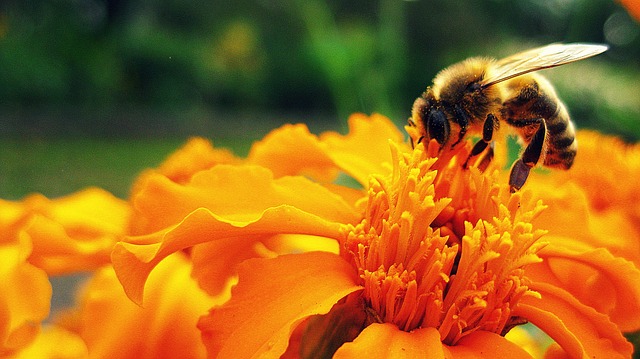
Italian Bee
The Italian bee belongs to the subspecies category of the Apis mellifera ligustica which originated from the different parts of Italy, commonly south of the Alps and the northern part of Sicily.
Their relatives are also known to have survived the last Ice Age. The Italian honey bee is actually the most commonly distributed type of honey bees in the United States since it has been proved to be quite adaptive to any kind of climate ranging from subtropical up to a cool temperature, although the Italian honey bee has been known to be less productive in regions with humid tropical climate.
It is also known for its extended brood rearing periods, meaning its hive can be utilized for a longer period of time.
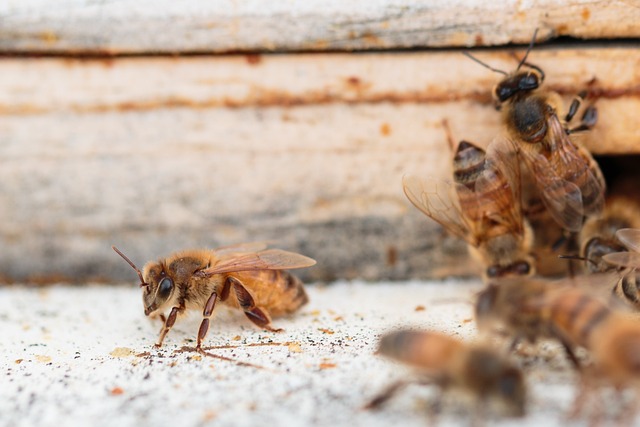
Carniolan Bee
Carniolan bees are also one of the most widely used ones today. They are a subspecies of the Apis mellifera carnica or the western honey bee apis mellifera.
This type of bee is a native of countries like Slovenia, the southern part of Austria, some parts of Croatia, Bosnia and Herzegovina, Hungary, Serbia, Bulgaria and Romania.
They are favored by a lot of beekeepers because they tend to rapidly increase in population as well as being quite safe to work with, with the usage of less protective clothing and little smoke.
Caucasian Bee
The Caucasian bee is a native of the areas near Eastern Europe particularly near the Caspian Sea. One unique characteristic of this Easter Europe group of bees is the long tongue which has proven to be useful in accessing vector and pollen in the flowers that other honey bees with normal tongue size will not have access to.
One common problem of beekeepers with this type of bee in particular is their tendency to use an excessive amount of bee glue to hold their hive making manipulation difficult.
Buckfast Bee
Just like domesticated animals, humans also have found a way to manipulate bee genes to fit their needs. And with that the Buckfast bee was born, and my favourite.
These bees were bred in Germany and are still bred up to this day. Buckfast bees are excellent producers of honey in my apiary and has low sting instinct, builds up rapidly although they brood slowly in winter.
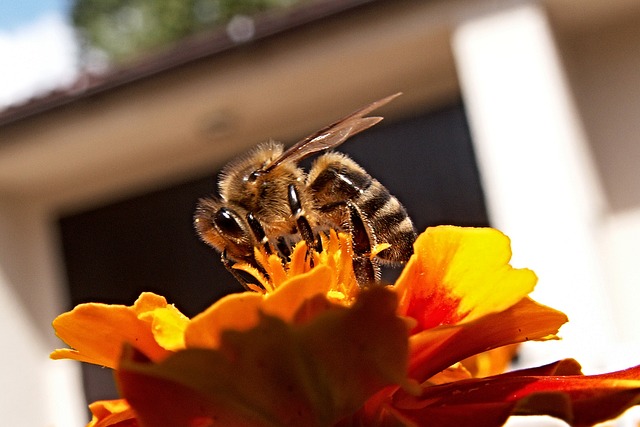
Russian Bee
Russian honey bees, as the name suggests, originated in region of Primorsky Krai in Russia.
One very good characteristic of the Russian bee is its disease resistance to various kinds of parasitic mites which can greatly affect brooding and honey production.
This type of bee is currently bred with other types of honey bees to produce a productive honey bee with strong resistance to mites, though it has also been observed that mixing them with other bee species decreases their production.
Overall, recognizing and appreciating the diversity of honey bee species is essential for conservation efforts, sustainable beekeeping practices, and understanding the intricate relationships between bees, plants, and ecosystems.
By preserving and protecting the various types of honey bees, we can ensure the continued health and stability of our natural world."
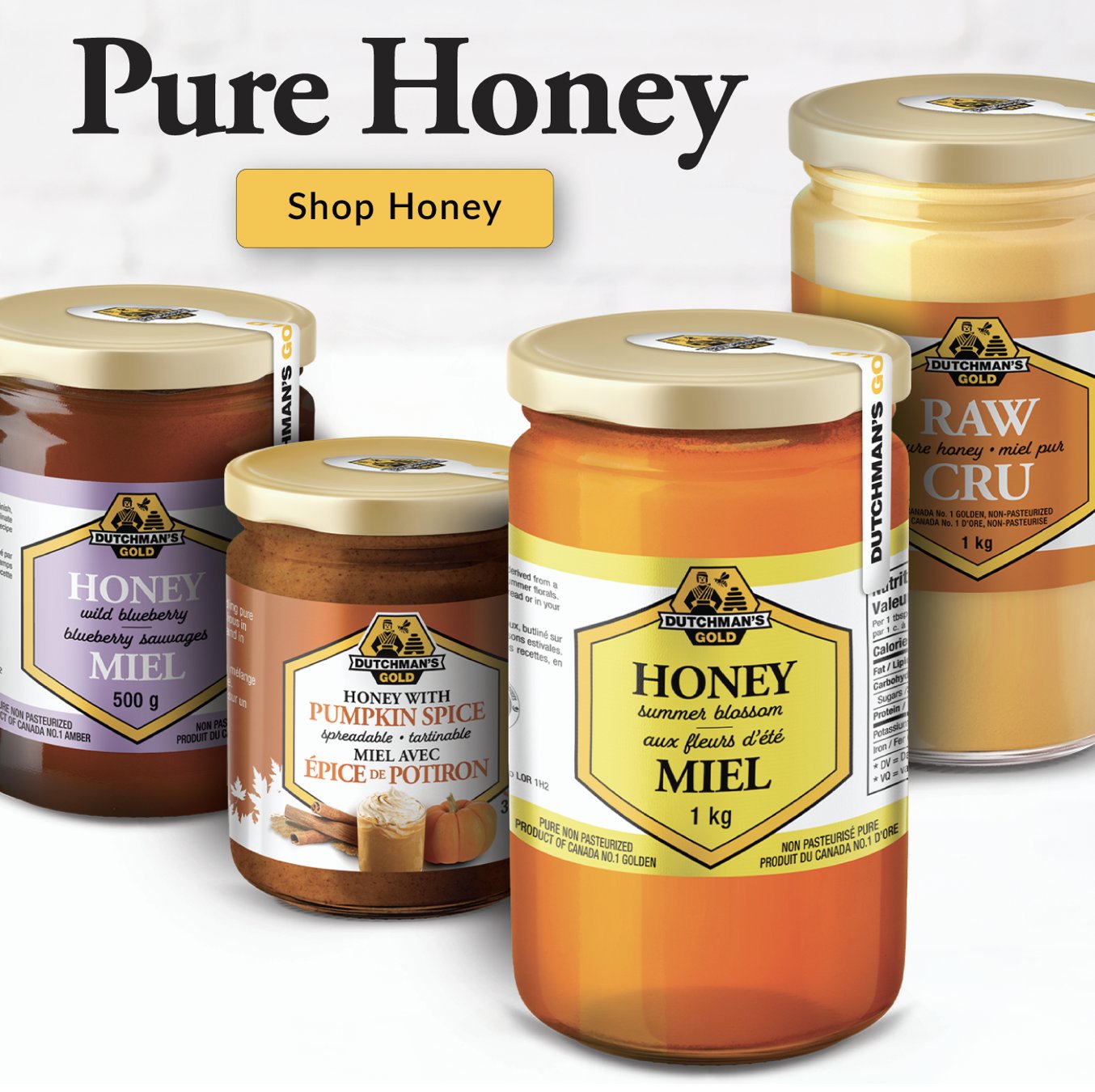
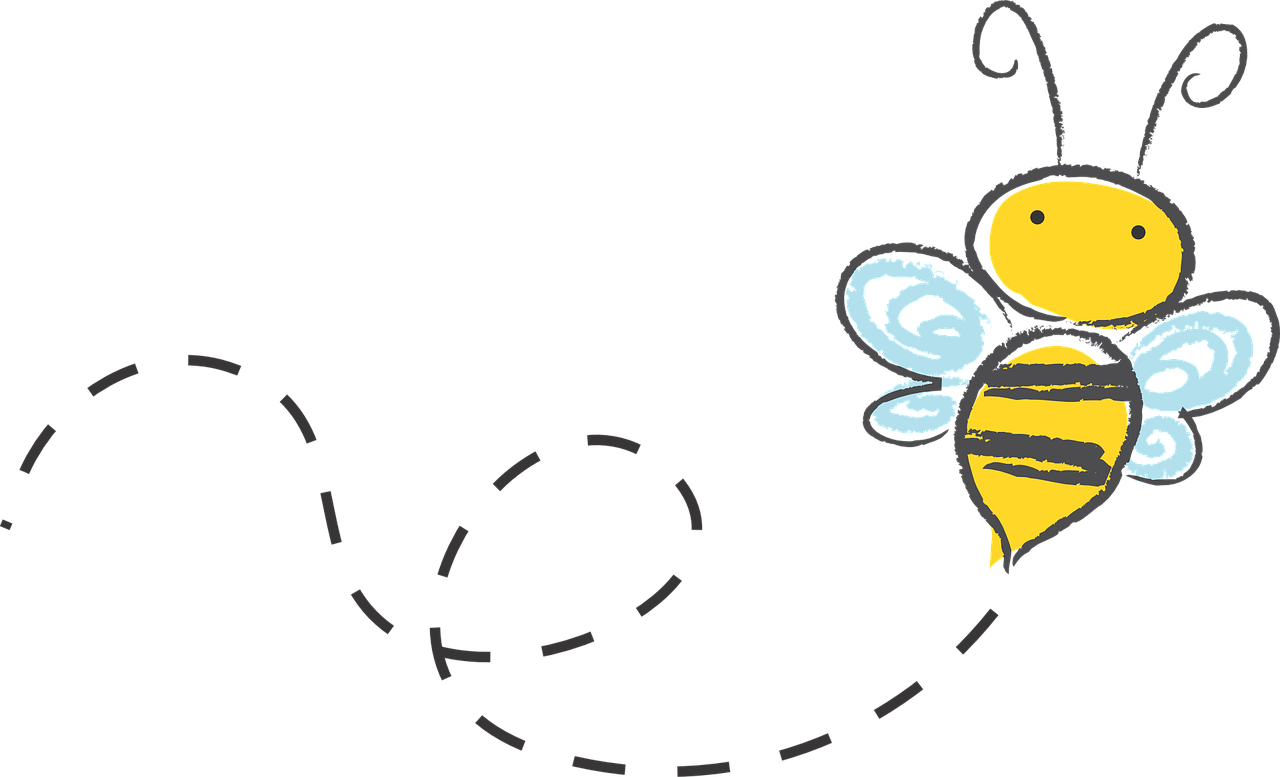
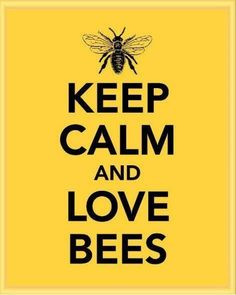

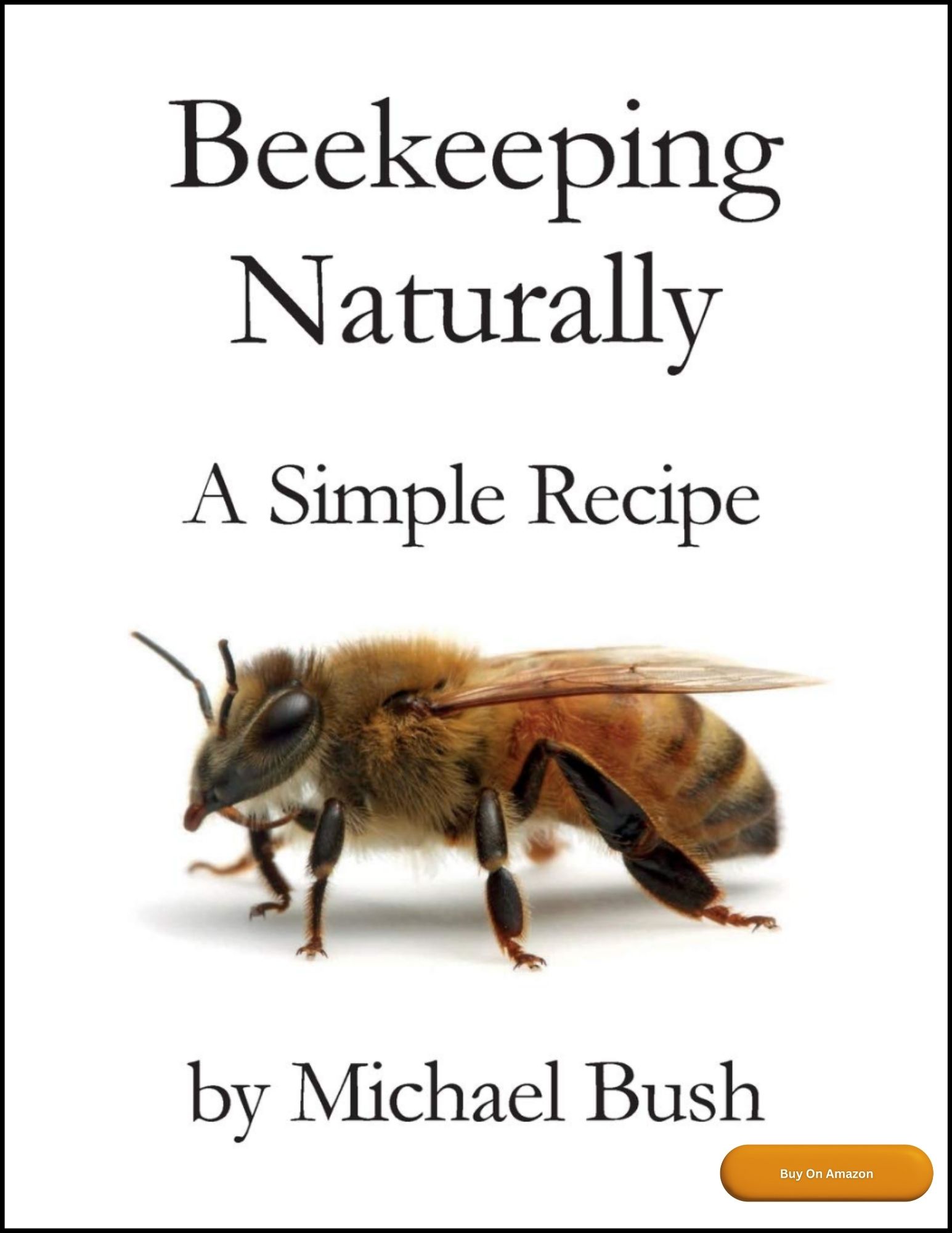
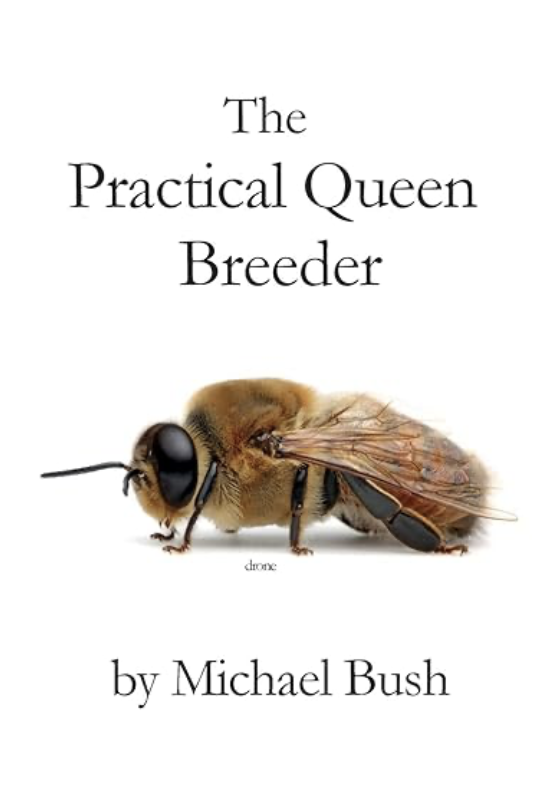
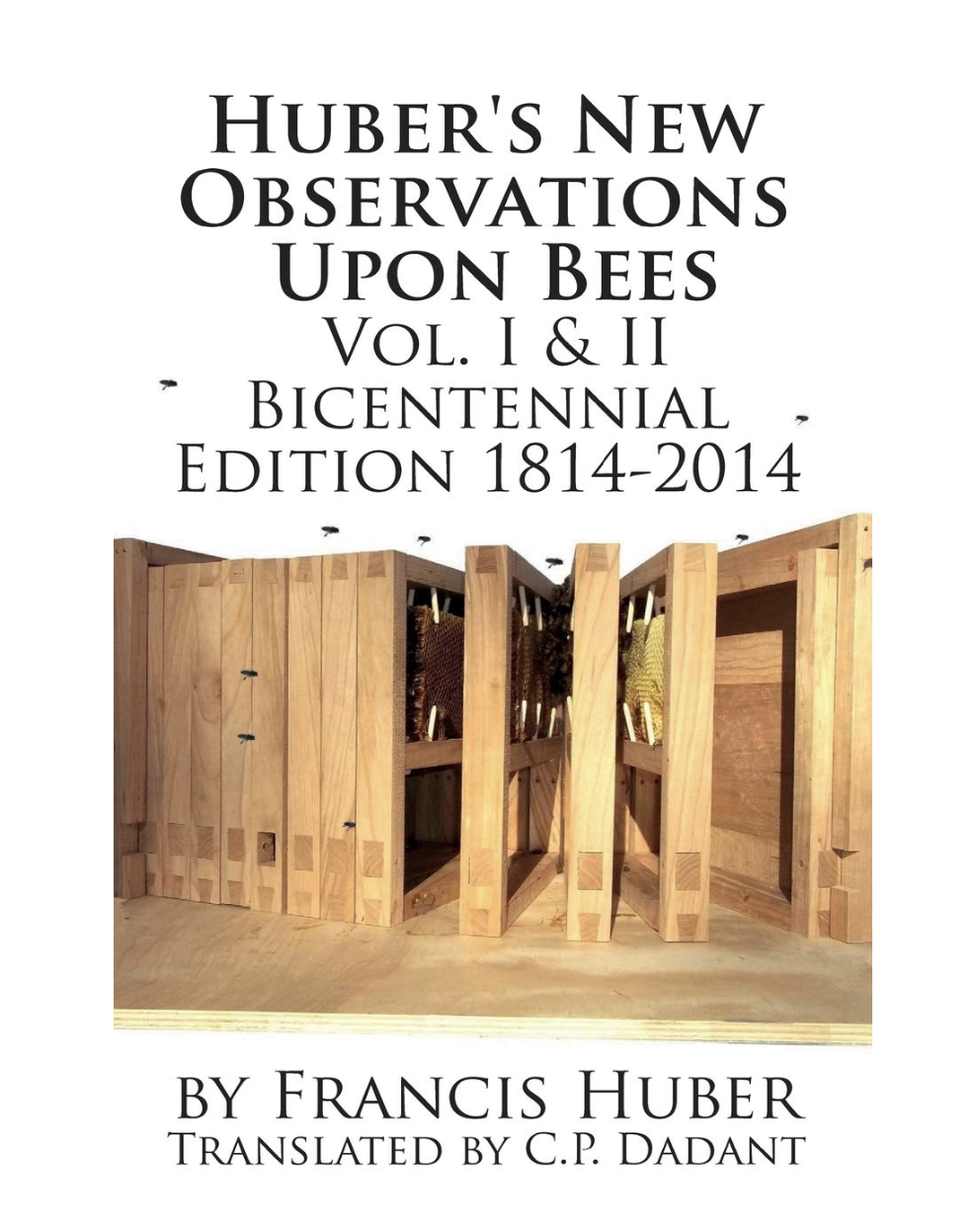
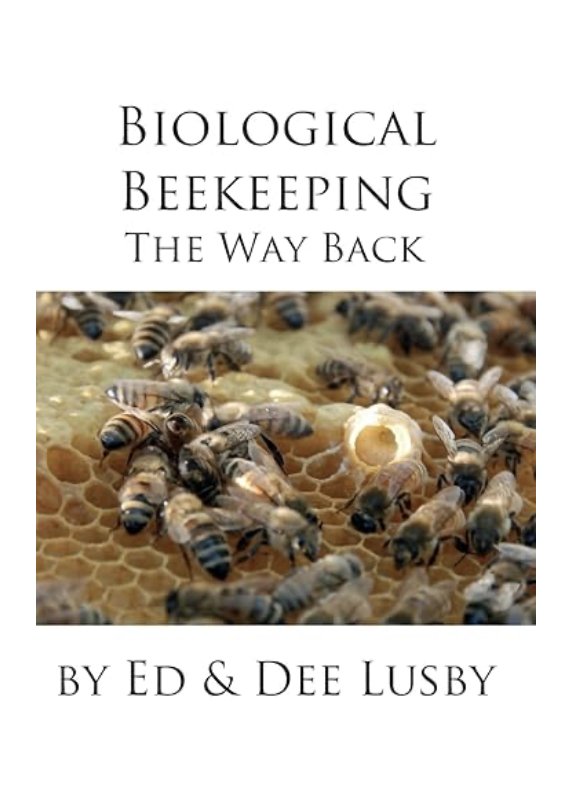

New! Comments
Have your say about what you just read! Leave me a comment in the box below.